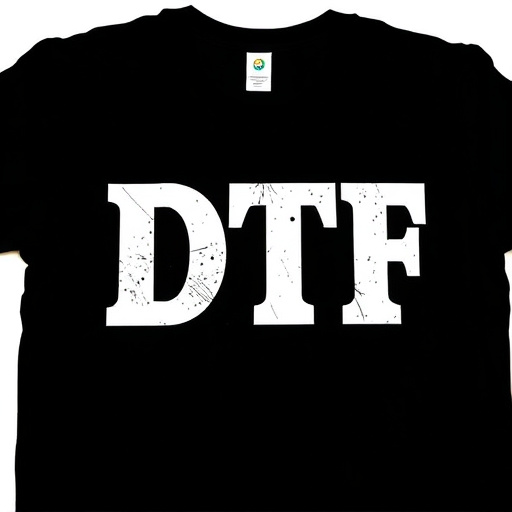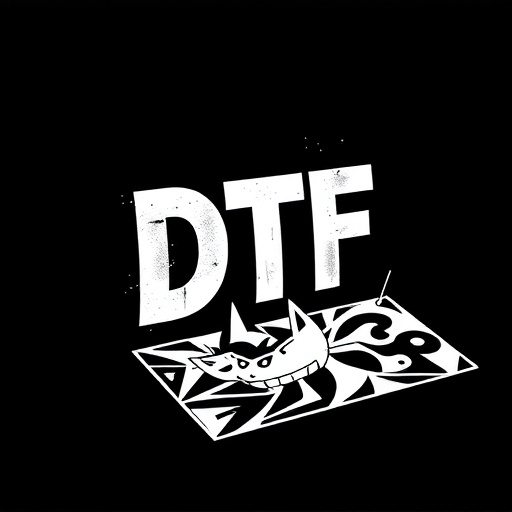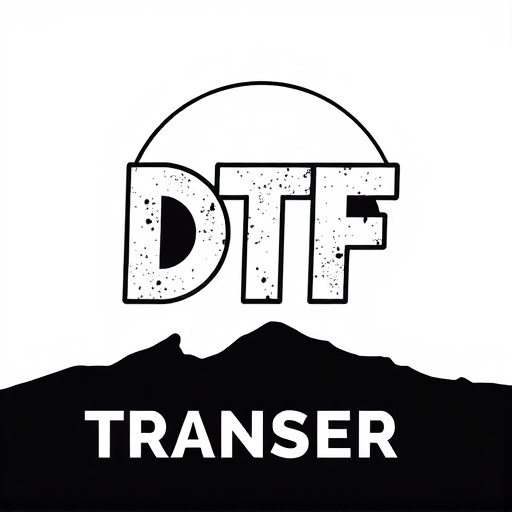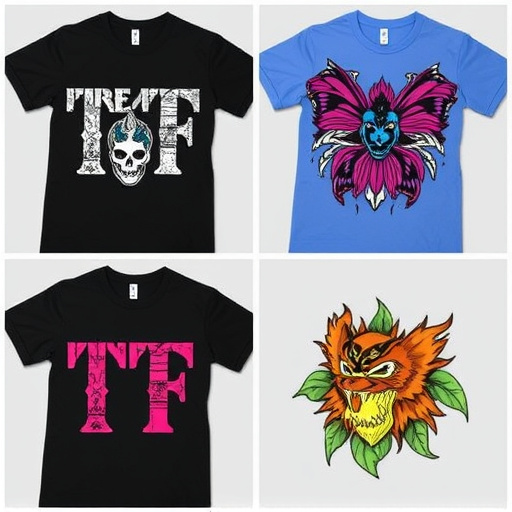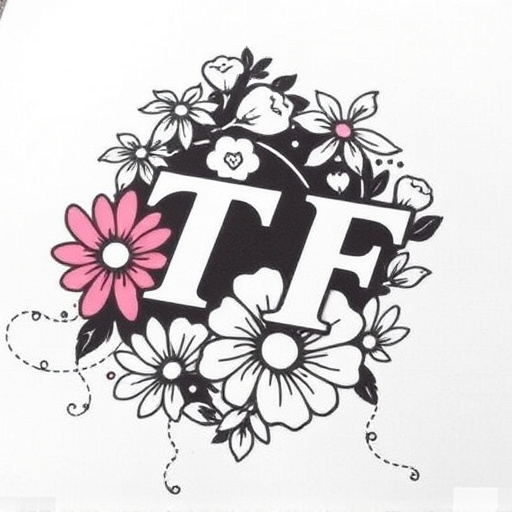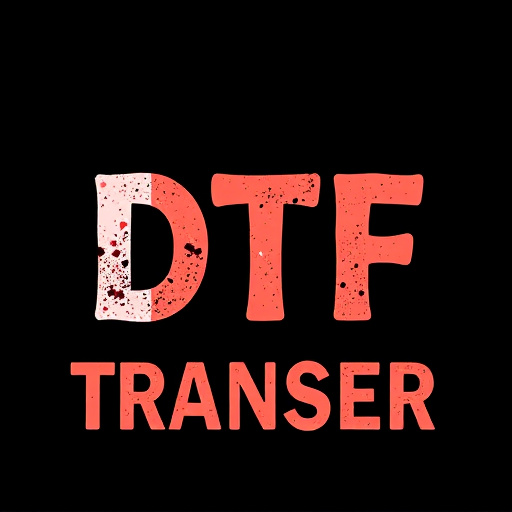Wholesale DTF Transfers require careful storage due to their heat-sensitive nature. Implementing a well-organized system, categorized by production dates, customer details, and product types, enhances efficiency and productivity. Using clear labels and digital filing systems with filters and regular backups ensures swift access and prevents data loss. For clothing brands, an efficient inventory management system is crucial for tracking orders, designs, and materials to minimize delays in fulfilling customer requests.
In the dynamic world of e-commerce, efficiently managing wholesale DTF (Direct-to-Consumer) transfers is paramount. This article delves into the best practices for storing and handling these unique orders, ensuring seamless operations and customer satisfaction. From grasping the intricacies of wholesale DTF transfers to implementing a robust storage system and adopting effective management strategies, each step optimizes your workflow. Discover proven methods to streamline your processes and elevate your logistics game when dealing with bulk DTF shipments.
- Understanding Wholesale DTF Transfers and Their Unique Storage Needs
- Creating an Efficient Storage System for DTF Orders
- Best Practices for Managing and Retrieving DTF Transfers Effectively
Understanding Wholesale DTF Transfers and Their Unique Storage Needs

Wholesale DTF Transfers, or Direct to Fabric transfers, involve the application of intricate designs and graphics directly onto fabric materials using specialized printing techniques. This process is a preferred method for apparel manufacturers, decorators, and designers due to its versatility, speed, and ability to produce high-quality, custom prints on demand. DTF transfer sheets act as a medium that carries these designs, allowing for precise placement on various fabrics.
Understanding the unique characteristics of Wholesale DTF Transfers is crucial when developing effective storage practices. Unlike traditional printing methods, DTF involves working with heat-sensitive materials, requiring careful consideration during storage to maintain the integrity of the transfer sheets. Factors such as temperature, humidity, and light exposure can impact the longevity of these transfers, making it essential to implement measures that safeguard their quality.
Creating an Efficient Storage System for DTF Orders

Implementing a well-organized storage system is paramount for managing and retrieving Wholesale DTF Transfers orders efficiently. When dealing with custom graphic tees or bulk DTG shirt production, a structured approach ensures that each order, from design to delivery, can be located and managed effortlessly. One effective strategy involves categorizing orders based on production dates, customer details, and product types. This enables quick sorting and retrieval, especially during peak seasons or when managing numerous clients.
Utilize appropriate labeling techniques for each storage container, incorporating relevant keywords like “DTF for Custom Graphic Tees” or specific order numbers. This simplifies the process of finding orders, ensuring that staff members can quickly access the required DTF transfer film or other related materials without wasting time or causing confusion. An optimized storage system not only enhances productivity but also reduces errors in handling and shipping, ultimately contributing to a smoother workflow.
Best Practices for Managing and Retrieving DTF Transfers Effectively

When it comes to managing and retrieving Wholesale DTF Transfers efficiently, there are several best practices to keep in mind. Organize your orders meticulously by date, customer, and design to ensure quick access. Implement a robust digital filing system that allows for easy filtering and searching based on specific criteria, such as order number, product type (e.g., Custom graphic tees), or brand logos DTF. This streamlines the process of locating and retrieving specific DTF files when needed.
Additionally, invest in a reliable best DTF printer to ensure high-quality prints every time. Regularly back up your digital transfer files to prevent data loss and enable quick reprints if necessary. For clothing brands utilizing logos DTF for their products, maintaining an efficient inventory management system is crucial. This includes tracking the number of orders placed, the types of designs used, and the specific materials required, allowing for smoother production processes and minimizing delays in fulfilling customer orders.
Wholesale DTF Transfers require a specialized storage approach due to their unique nature. By implementing an efficient system, as outlined in this article, businesses can ensure optimal management and retrieval of these orders. A well-organized storage process not only streamlines operations but also enhances productivity, allowing for better service to customers who rely on timely and accurate DTF Transfers. Adhering to best practices ensures the integrity and accessibility of these valuable assets.









